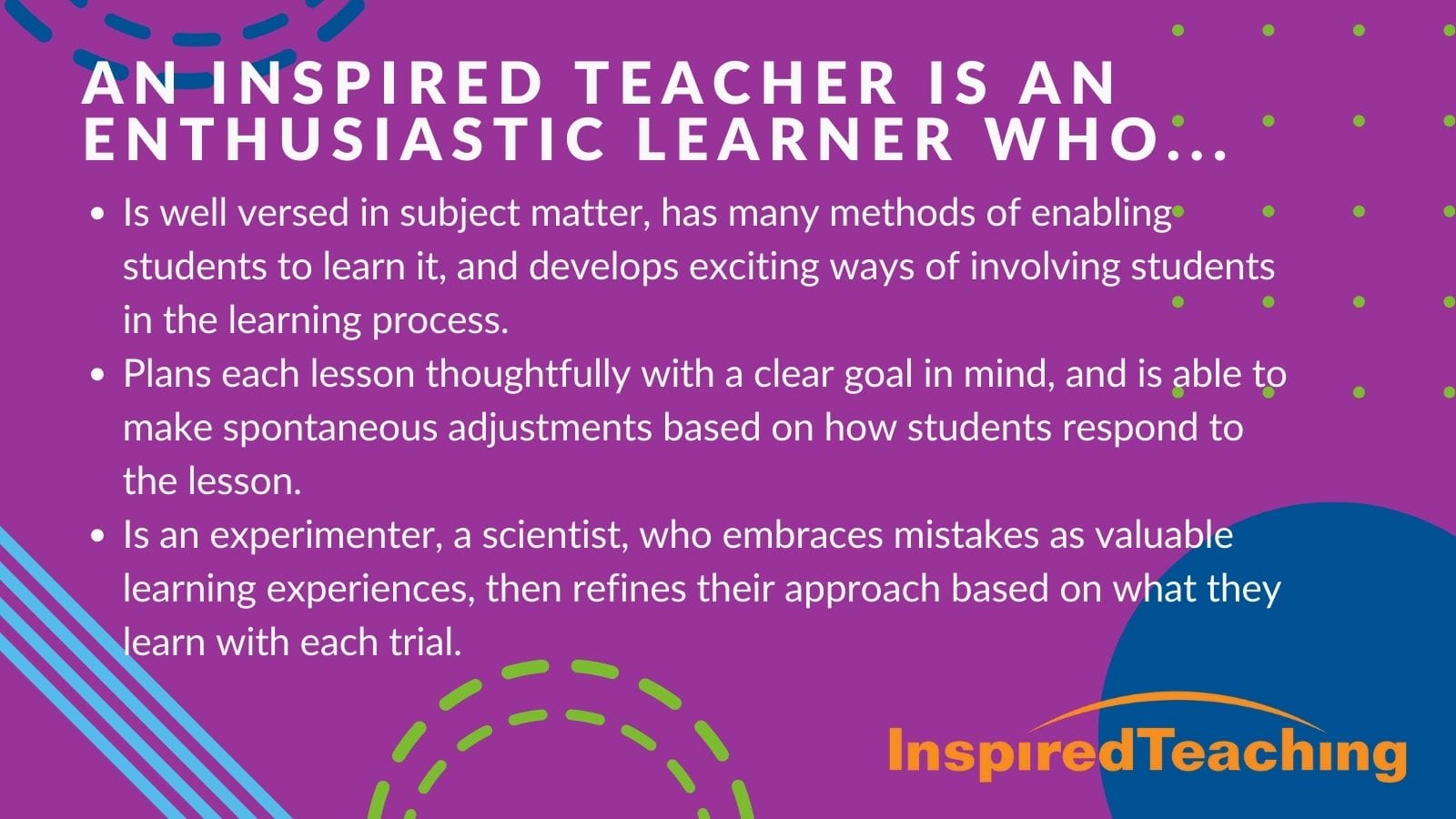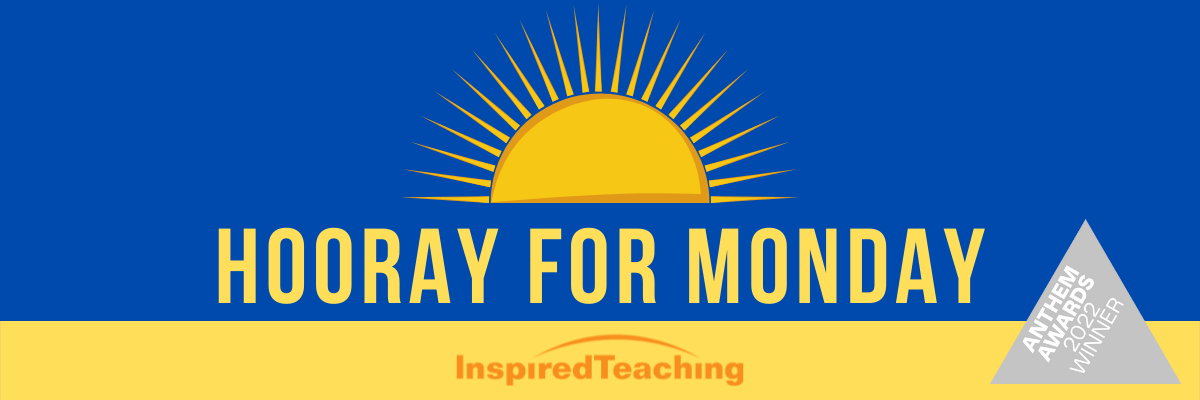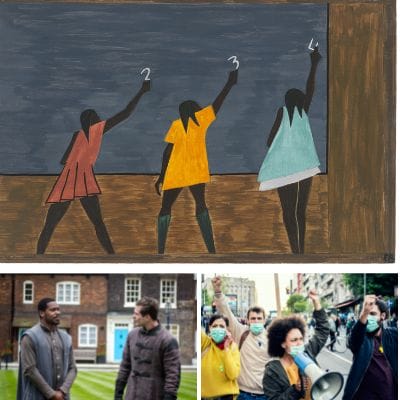July 25, 2022
By Aleta Margolis, Founder and President, Center for Inspired Teaching
Hooray for Monday is a weekly blog filled with questions, ideas, reflections, and actions we can all take to remodel the school experience for students.

Though Meryl Streep spoke those words in 2015, they are as critically important now as ever. Just this past week, the January 6 hearings are wrapping up (or, at least, gearing up), Covid cases are back on the rise, and our country continues the painful struggle to come to some kind of agreement on how to protect ourselves from gun violence. What could be more important than teaching our young people how to engage in discourse – on issues large and small – with “grace,” “respect,” and “empathetic listening.”
Those qualities live at the core of what an Inspired Teacher is and does.

This week I want to tell you about an important tool you can use to teach your students these complex and critical skills. Inspired Teaching’s Speak Truth Teacher Guidebook is a compilation of our proven resources for engaging your students in meaningful, respectful discourse about issues that matter to them. It’s aligned with the C3 (College, Career, and Civic Life) Framework of the National Council for the Social Studies, and the Common Core State Standards for English Language Arts and Literacy.
Everyone can download the Guidebook, for free, and learn how to engage students in student-led dialogue in a productive, respectful manner. This process not only builds critical skills like “empathetic listening,” but it also offers an exciting way of involving students in the learning process and promotes deep learning and understanding of content.
And if you are an educator (in a school or in an out-of-school time program) in Washington, DC, you can become a true expert in elevating student voice by applying to become a Speak Truth Fellow! Details are below, but the best part is that you’ll get to spend three days with us in-person in early August, delving into Inspired Teaching’s 100% engaging, improvisation-based professional learning.

Our students have so many ideas, questions, concerns, and suggestions. One of our most important jobs as educators is to help them articulate their concerns and their recommendations and to teach them to listen wholeheartedly to the concerns and viewpoints of their peers. If we can teach our students to speak and listen to one another with respect, we’ll be setting them, and ourselves, up for a hopeful future.
Wishing you a lovely week ahead!
Resources
Download the Guidebook
Elevating youth voices is critically important not only for students’ well-being, but for their development as problem-solvers and future leaders. The Speak Truth model presented in this Guide offers a way to bring meaningful student-led conversations into the classroom.
 Seeing with Different Eyes
Seeing with Different Eyes
As you gear up for the new school year, an activity like this accomplishes many things at once. It puts student voices front and center in the learning experience (they share observations drawn from a compelling image). It also helps you get to know them as you observe how they take in and share information.
Listening with Someone Else’s Ears
This is another good activity for returning to school and establishing a culture of empathy in your classroom. Using improvisation, students are invited to step into the role of someone (or something!) else, imagine what they would say, and listen to what those around that person are saying too.


 Seeing with Different Eyes
Seeing with Different Eyes
